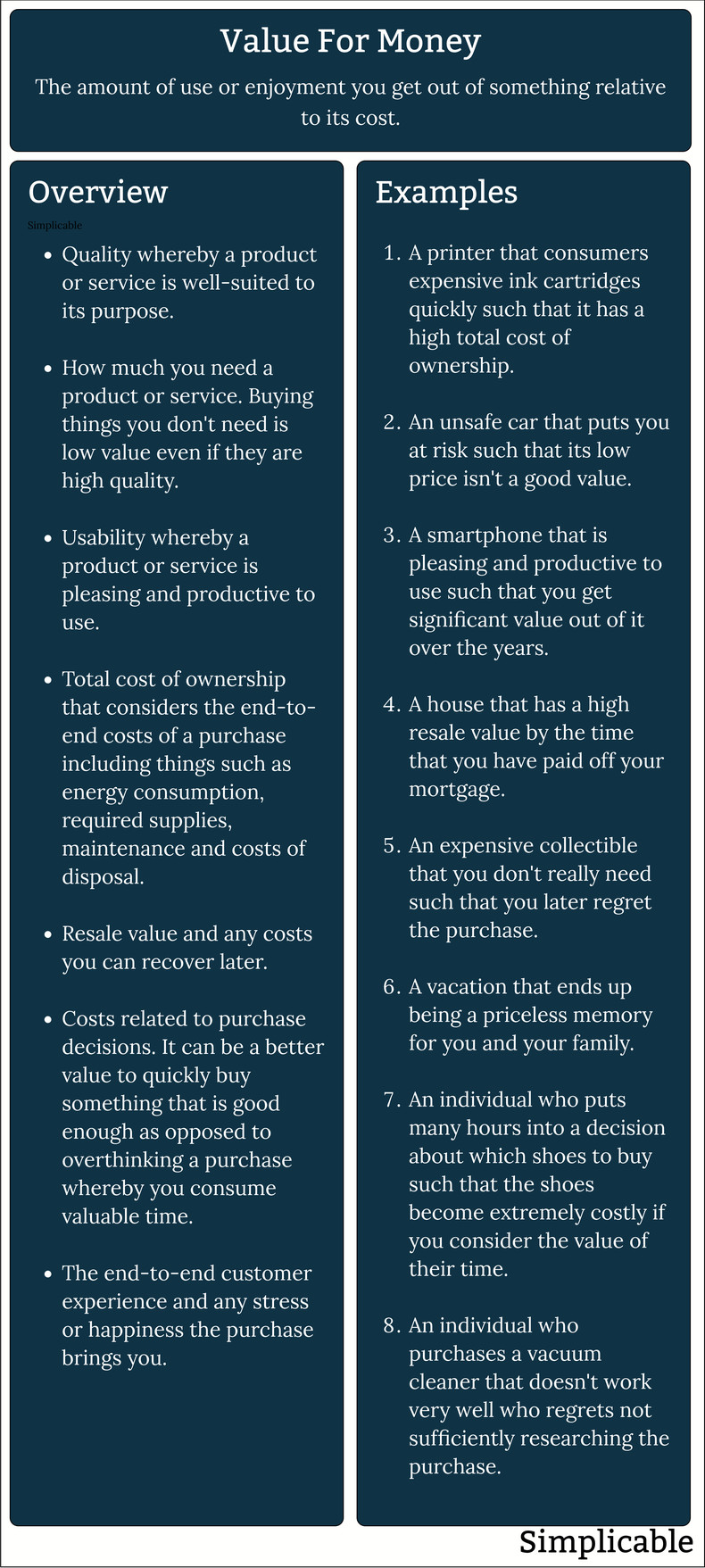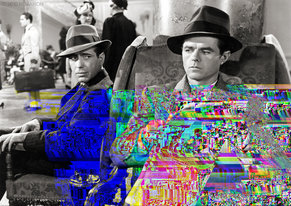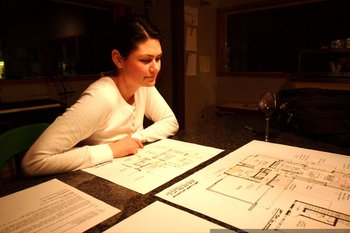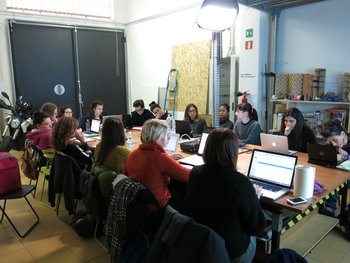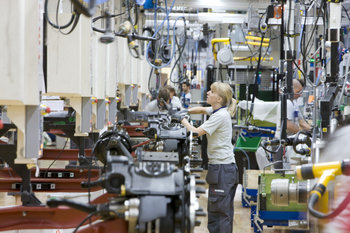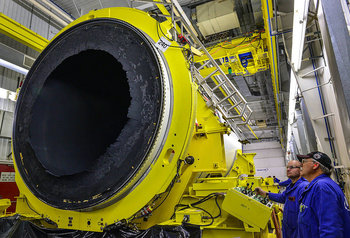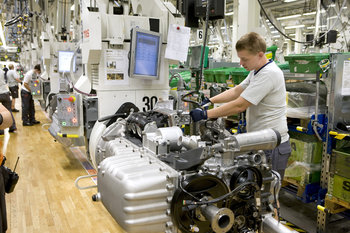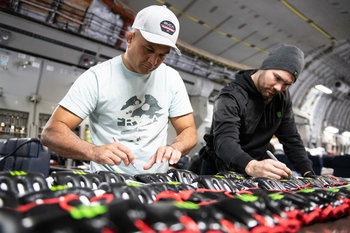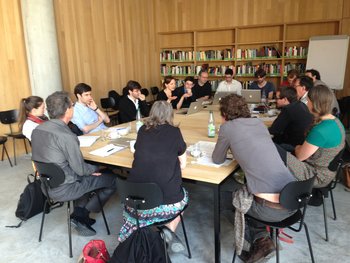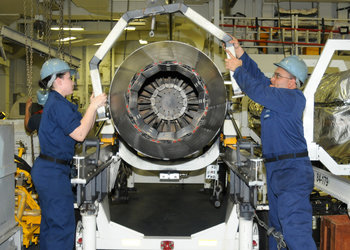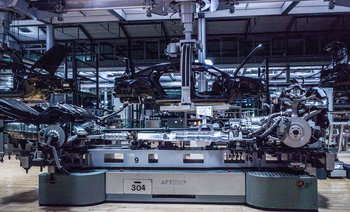|
| |
Value for money is the amount of use you get out of something for each dollar of spend. The following are illustrative examples of value for money.QualityQuality is the degree to which a product or service fulfills its purpose. For example, a men's undershirt that stays tucked, fits well and is soft, comfortable and stylish. Quality is the primary reason the lowest cost item is often not the best value for money. For example, you may feel that a $18 undershirt that fits all of your quality expectations is a better value than a $5 undershirt that fails in one or two of your criteria.Total Cost of OwnershipTotal cost of ownership considers the end-to-end costs of owning something to determine value for money. For example, an ink tank printer that can print 10,000 pages without a refill that costs $300 versus a cartridge printer that costs $50 but requires $30 cartridges every 20 to 100 pages. If you often print, the ink tank printer will quickly have a lower total cost of ownership.
Opportunity CostSpending choices can involve opportunity costs whereby doing one thing prevents you for doing another. For example, a student who can go out partying all weekend or buy themselves a new bicycle that will dramatically improve their commute to school and work. If the student can't do both in a particular month, the partying comes with an opportunity cost of no bicycle.NeedIf you have little need for something, its value to you may be quite low even if the same product may be valuable to someone else. For example, a tourist who buys an expensive surfboard on the first day they try surfing. There may be a high chance that the person will quickly get discouraged and not end up using the board much. The same board may have great value to someone who is able to use it several times a week such that they log many hours on it.Resale ValueThe resale value of an asset or product. For example, purchasing expensive options for a vehicle that aren't likely to influence the resale value of that vehicle may be poor value for money if you plan to sell the vehicle in future.Decision CostsThe costs of making a purchase decision can be considered in value for money. For example, if you are shopping for socks and you find a pair with reasonable value for money, it may be irrational to spend 3 or 4 more hours looking for a pair with exceptional value for money if you also include the value of your time.UsabilityUsability is how pleasing and productive a product or service is to use. For example, software that annoys you every 2 minutes versus software that is a pleasure to use. People may highly value usability such that the more usable software may be perceived as a better deal even if its price is far higher.Customer Experience Customer experience is the end-to-end experience of using a product, service or brand. A poor customer experience tends to make people feel they didn't get any value for their money. For example, a telecom company that takes an abrasive and disrespectful approach to customers such that it is perceived as a poor value regardless of the possible value of its infrastructure to customers.ProductivityIf you are using a product or service to produce value yourself, you can consider its impact on your productivity. For example, a carpenter who buys relatively expensive eye protection that is fog proof as cheaper variations often fog up and disrupt their work. If a product or service consumes your time, that time can be logically priced into the overall cost of the product to you.EfficiencyThe amount of resources used by a product, service or asset. For example, a refrigerator that costs $0.01 an hour to run versus one that costs $0.40 an hour. Efficiency can have a large impact on total cost of ownership. RiskThe risk associated with a product or service is essentially a cost that can be added to total cost of ownership. For example, the safety risk associated with a vehicle could greatly influence its value for money.DurabilityThe real world lifespan of a product such as a musical instrument that lasts 5 days versus one that lasts 5 decades.CommoditiesA commodity is a product or service that consumers view as interchangeable such that they will purchase the lowest cost item. Commodities have some standard level of quality with no incentive to improve quality. For example, economy class flights tend to be a poor experience but consumers usually purchase the cheapest tickets such that service improvements may not be rewarded. If something is truly a commodity to you, then the lowest price item is always the best value for money.Economic BadsAn economic bad is a negative result that comes from producing economic goods such as pollution. From the perspective of society as a whole, this can be factored into value for money. For example, a solar panel that is fully recycled at end-of-life by the manufacturer versus one that becomes waste. From the perspective of society, the fully recycled unit is likely to be the better value for money because if it produces less economic bads.Quality of LifeQuality of life is the life satisfaction of a person and includes things such as health, well-being, accomplishment and social belonging. Anything that improves quality of life is likely to be perceived as high value. For example, a home in an area with good air quality.Social StatusIt is common for people to purchase goods and services in order to try to convey social status. This is especially true in the social media age whereby every purchase can be broadcast to the world. This often involves purchasing high status brands that have very high profit margins meaning that the manufacturer's cost for these goods is far lower than the price paid by consumers. This is arguable a poor value for money except if you consider the value of the social status to the consumer. An economist wouldn't make a judgement call on this such that perceived value is value.AestheticsThe aesthetics of an item or experience. For example, a spartan restaurant with plastic furniture versus a restaurant with a wonderful ambiance and high quality furnishings, fittings and table settings. Aesthetics, as with value, are in the eye of the beholder and can't be measured directly.RarityIn a market with constrained supply, rarity influences value for money. For example, gold is far more rare than iron such that jewelry made with gold generally has more value than jewelry made with steel.Market PriceMarket price is the price for something on a liquid market. This serves as a valuable reference price in determining value for money. For example, if you purchase an antique watch for $100 that has $98 worth of gold in it, this may be a good value as it has inherent worth in its materials regardless of its value as an antique.Priceless ItemsCultural heritage such as art and rare assets such as a beautiful beach may be beyond financial valuation. A common solution to this is to make these things public such that they can only be owned by everyone. For example, a tropical island where private beaches are prohibited. Where priceless items are sold, they are inherently difficult to value.Priceless ExperiencesAs with items, experiences can be beyond financial valuation. For example, a parent who views their university experience as having been extremely rewarding and important such that they place high value on their children having similar experiences. Where experiences are viewed as priceless the price may go high as this creates a seller's market.Value for Money MetricsOrganizations and institutions often use value for money as a metric that is used to show the value of a program or investment to stakeholders. For example, a non-profit that calculates the average cost of nutritious meals they have given out to those in need while also calculating the percentage of their funding that goes to such meals. If the meals cost $7.13 and the organization is devoting most funding to these meals, stakeholders may feel that the program is good value for money. If the meals cost $4,555 each the stakeholders may worth about the efficiency of the program.SummaryThe following is a basic overview of value for money with additional examples.Next: Total Cost of Ownership
If you enjoyed this page, please consider bookmarking Simplicable.
© 2010-2023 Simplicable. All Rights Reserved. Reproduction of materials found on this site, in any form, without explicit permission is prohibited.
View credits & copyrights or citation information for this page.
|

